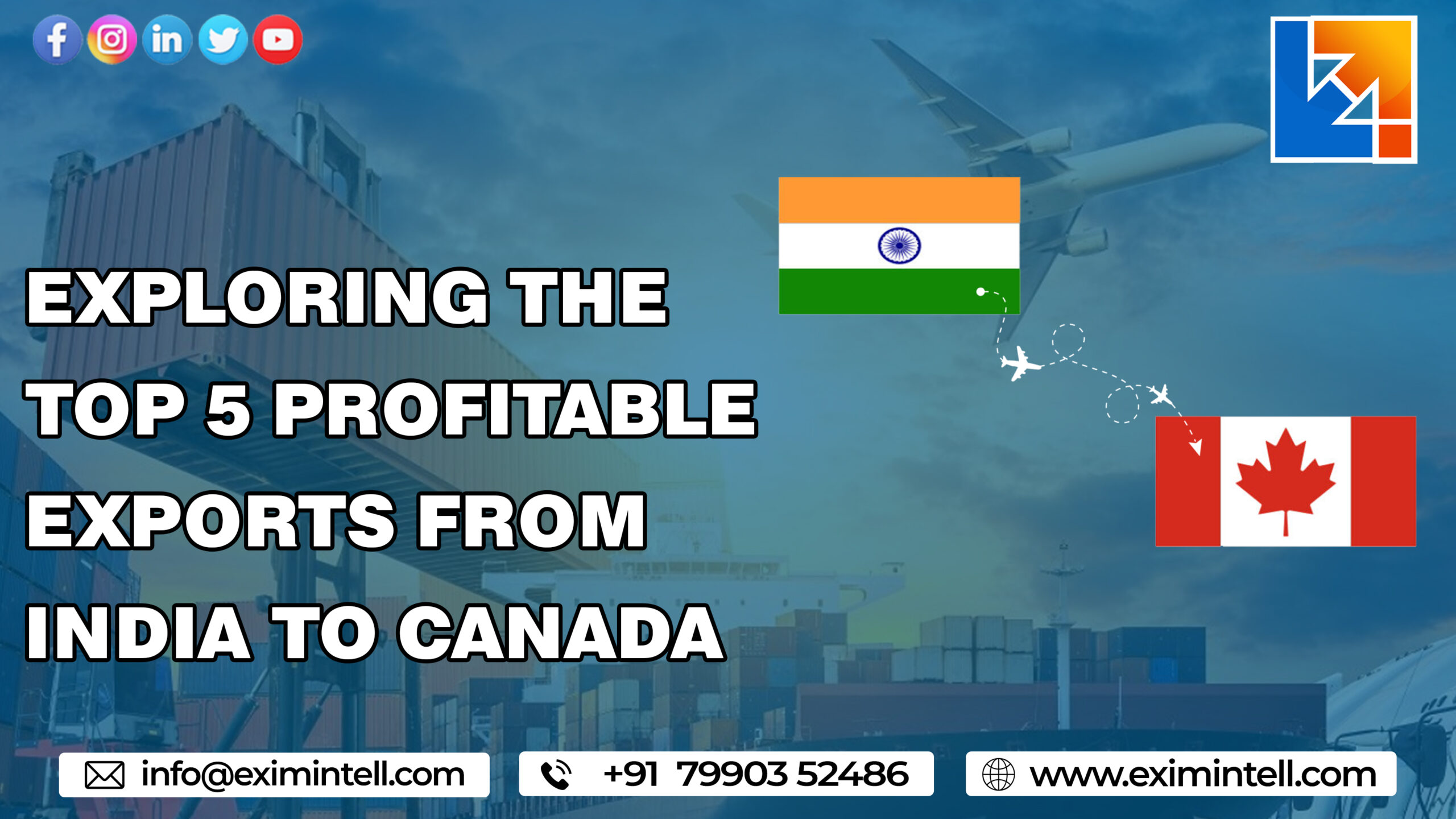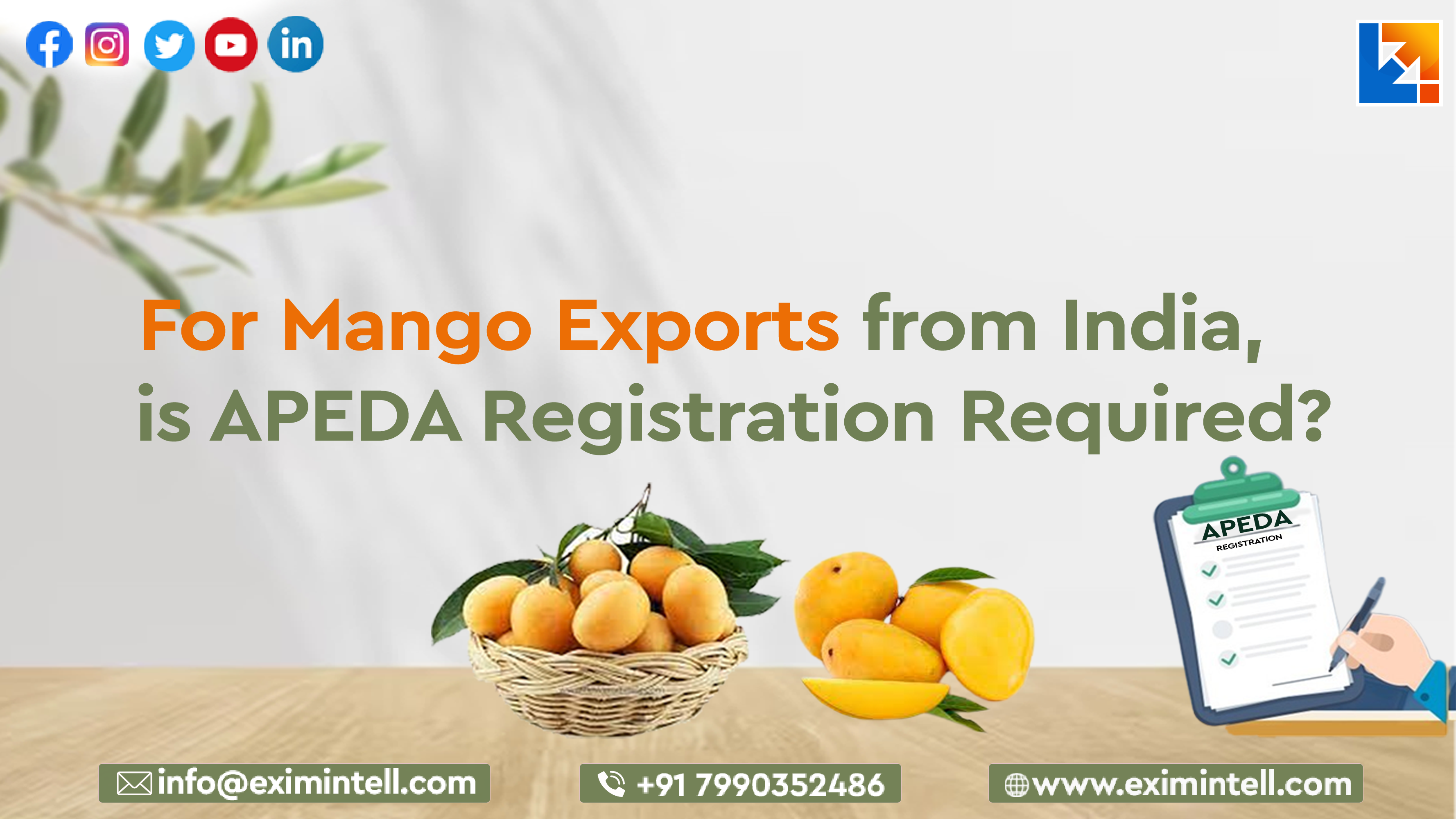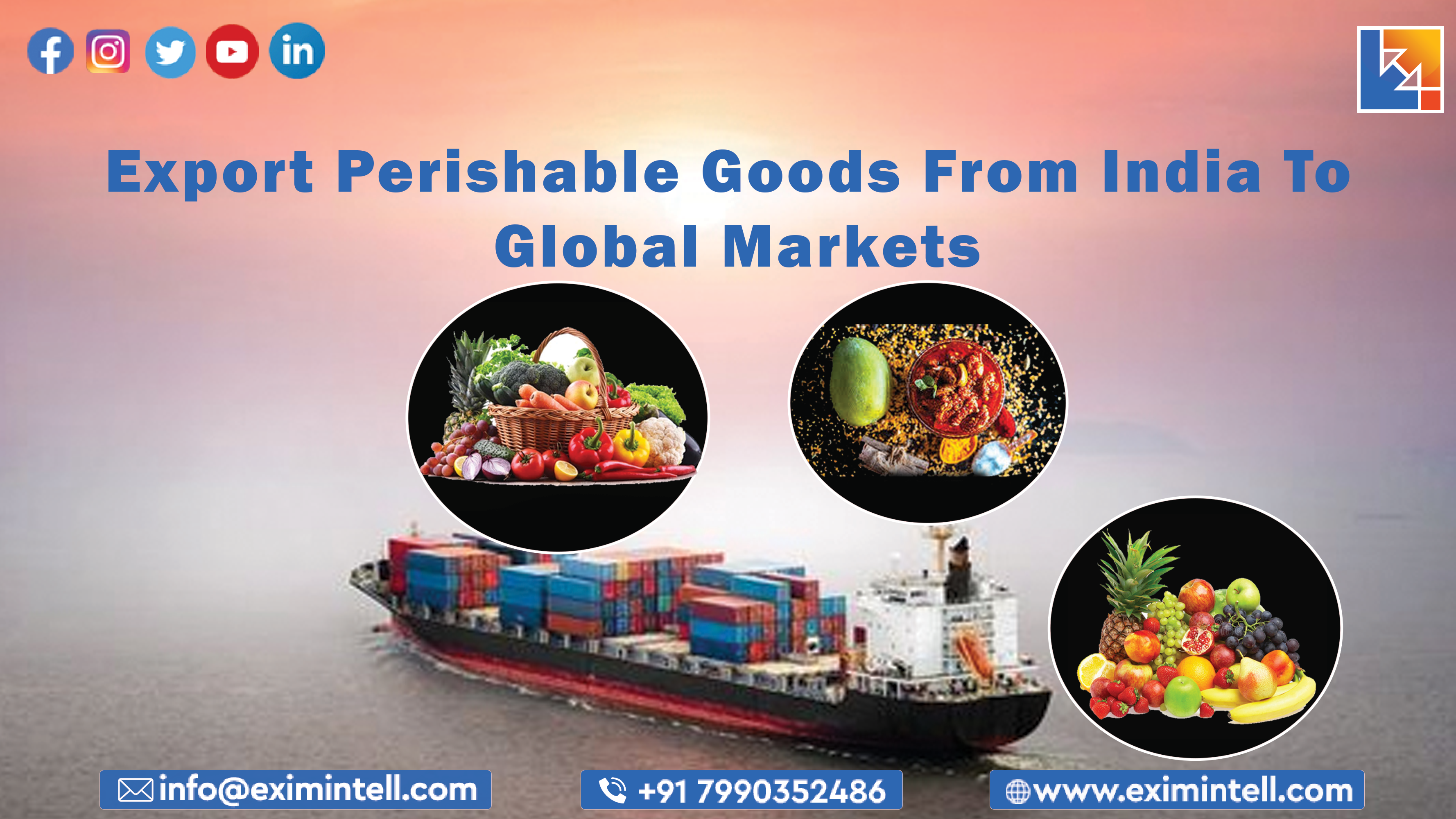Welcome to a world of limitless possibilities! India, with its vibrant culture, rich history, and diverse population, has always been a land of opportunities. And when it comes to the import-export business, this incredible country is soaring to new heights.
In this blog post, we delve into the thriving scope of import-export business in India and how entrepreneurs are capitalizing on these golden opportunities. Get ready to be amazed by the immense potential that awaits you in the world’s fastest-growing major economy – where every transaction holds the promise of success and prosperity!
Introduction to the Import-Export Business in India
India has always been a land of opportunities, be it in terms of culture, geography, or business. The import-export business is no different and has been flourishing in India for centuries. With a population of over 1.3 billion people and a growing economy, there is a huge potential market for businesses to tap into.
The import-export business can be broadly classified into two categories: trade and non-trade. Trade includes the buying and selling of goods and services between two countries, while non-trade involves the movement of goods and services within a single country.
There are various reasons why businesses engage in import-export activities. Some do it to secure raw materials or supplies that are not available locally, while others hope to capitalize on cheaper labor costs in another country. Whatever the reason may be, India provides ample opportunity for businesses to grow and succeed in the import-export business.
The first step for any business looking to get involved in the import-export business is to obtain the necessary licenses and permits from the relevant authorities. Once that is done, they can start sourcing for suppliers or customers in other countries. Research is key at this stage, as businesses need to identify which products or services are in demand and where they can get the best deals.
Once all that is sorted out, businesses can start shipping their goods or services to their customers or clients. This is where logistics come into play, as businesses need to ensure that their shipments reach their destinations on time and in good condition.
All in all, the import-export business is a great way for businesses to expand their reach and scale up. It can be challenging and risky at times, but with careful planning and research, it can be a profitable venture for any business.
Advantages of Starting an Import-Export Business
The import-export business has become one of the most popular and successful businesses in India. With the ever-growing economy and global trade, there is a great demand for import and export services. This business provides an opportunity to earn good profits by catering to the needs of international clients.
There are many advantages to starting an import-export business. Some of them are listed below:

1. Opportunity to Earn Good Profits: This business provides an opportunity to earn good profits by catering to the needs of international clients. The margins in this business are quite high compared to other businesses.
2. Access to Wide Market: An import-export business gives you access to a wide market. You can sell your products or services to any country in the world. This gives you a great opportunity to expand your customer base and increase your sales.
3. Chance to Grow Your Business: This business provides you with a chance to grow your business rapidly. You can start small and gradually increase your scale of operation as you get more clients and orders.
4. Exposure to New Cultures: This business gives you exposure to new cultures and traditions. You get to interact with people from different countries and learn about their lifestyles and cultures. This is a great way to broaden your horizon and enrich your life experience.
Challenges of Setting up an Import-Export Business
The process of setting up an import-export business can be a daunting one, fraught with challenges and complexities. But for those who are willing to take on the challenge, the rewards can be significant. Here are some of the challenges you may face when setting up your own import-export business:
1. lack of experience or knowledge in the field;
2. language barriers;
3. cultural differences;
4. complicated shipping and logistics;
5. regulatory hurdles;
6. financing difficulties; and
7. competition from larger, more established businesses.
But don’t let these challenges discourage you! With careful planning and execution, you can overcome these obstacles and set up a successful import-export business. Just remember to do your research, put together a strong team of experts, and stay flexible as you adapt to changing circumstances along the way.
Sectors and Niches in the Indian Import-Export Market
India is a land of opportunities for import-export business. There is a thriving scope of business in India due to its large population and booming economy. The sectors and niches in the Indian import-export market are many and varied. Some of the most popular sectors include:
• Agricultural products: India is one of the world’s leading producers of agricultural commodities such as rice, wheat, sugar, spices, and tea. These products have a huge demand in the international market and offer good opportunities for export business.
• Textiles: India is well-known for its textile industry which produces a wide range of fabrics such as cotton, silk, wool, and synthetics. The country has a large domestic market for these products as well as a significant share of the global market.
• Leather: India is also one of the leading producers and exporters of leather goods such as footwear, bags, belts, wallets, etc. The country has a well-developed leather industry that meets the demands of both the domestic and international markets.
• Jewelry: India is renowned for its exquisite jewelry made from gold, silver, diamonds, and other precious stones. The jewelry industry in India caters to the needs of both traditional and modern markets.
• Pharmaceuticals: India is a major producer of drugs and pharmaceuticals with a strong presence in the global market. The country has a vast pool of skilled manpower and state-of-the-art infrastructure that
Caveats to Consider When Investing in Foreign Trade
When venturing into foreign trade, there are a few caveats to keep in mind to minimize risk and maximize opportunity.
1. Avoid over-dependence on a single export market or customer.
2. Manage currency risk through hedging mechanisms.
3. Consider the political and economic stability of the countries you’re trading with.
4. Be aware of changing tariff rates and other potential barriers to trade.
5. Make sure your product conforms to the standards and regulations of the importing country.
Government Initiatives That Support The Growth Of Foreign Trade
The government of India has been taking several initiatives to support and encourage the growth of foreign trade in the country. These include providing financial assistance and subsidies to certain sectors, establishing special economic zones (SEZs), and negotiating Free Trade Agreements (FTAs) with other countries.
1. Financial assistance and subsidies: The government provides financial assistance to certain sectors through various schemes such as the Market Development Assistance Scheme, Export Promotion Capital Goods Scheme, and Export-Import Bank of India’s Pre-shipment Credit and Post-shipment Credit facilities. It also provides subsidies on exports through the Merchandise Exports from India Scheme (MEIS).
2. Establishment of SEZs: Special Economic Zones (SEZs) are designated areas that offer tax and other incentives to promote export-oriented businesses. There are currently more than 200 SEZs operational in India, catering to various industries such as textiles, electronics, pharmaceuticals, and engineering.
3. Negotiation of FTAs: The government is actively involved in negotiating Free Trade Agreements (FTAs) with other countries. These agreements lower tariffs and other barriers to trade, thus making it easier for Indian businesses to export their products and services.
Where to Source Goods for Your Imports and Exports?
To source goods for your imports and exports, you have a few options. You can either produce the goods yourself, or you can source them from suppliers. If you decide to produce the goods yourself, you will need to set up a manufacturing facility and find a reliable source of raw materials.
If you decide to source the goods from suppliers, you will need to find reliable suppliers who can provide the type of goods you need. There are a few things to consider when sourcing goods for your imports and exports:
-The quality of the goods
-The price of the goods
-The lead time for receiving the goods
-The minimum order quantity
-The payment terms
When sourcing goods for your imports and exports, it is important to find suppliers who can provide high-quality goods at a competitive price. It is also important to find suppliers who can meet your lead time requirements. You will need to consider the minimum order quantity and payment terms when sourcing goods for your imports and exports.
Conclusion
In conclusion, it can be said that the import-export business in India is a thriving potential that will continue to show high growth for many years. Numerous opportunities are emerging into the market regularly, with Indian businesses both large and small becoming more deeply involved in this field. India’s offer of competitive prices and highly efficient workforce makes it an ideal platform for businesses that wish to capitalize on the ever-expanding global trading landscape.



















